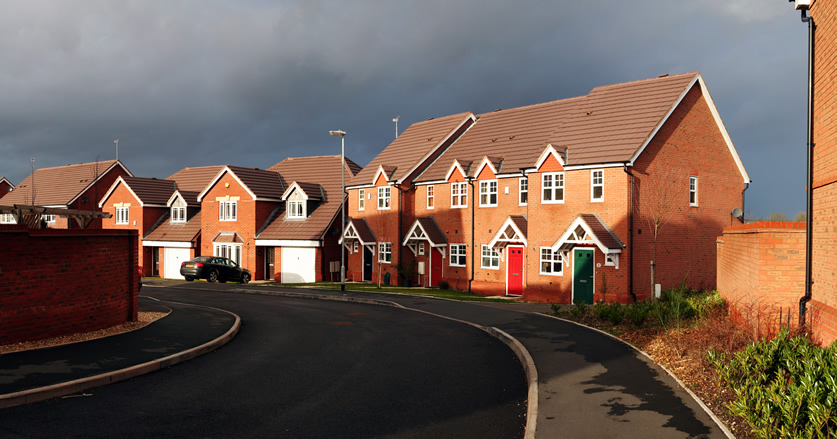13
June 2019
Help to Buy Used by People Who Don’t Need It
The majority of people that have used the government’s Help to Buy scheme could have bought a home without it, according to the National Audit Office.
The report from the NAO found that of the 211,000 homeowners who have used the Help to Buy scheme since its inception in 2013, just 37% wouldn’t have been able to afford any property without the government’s support. That means that nearly two thirds of the people who have used the scheme could have bought a property without it, and 31% could have bought the house they actually wanted without Help to Buy.
The study also revealed that 4% of buyers who used the scheme had a household income of over £100,000 a year, while around 10% had incomes of over £80,000 a year. And almost a fifth (19%) of those who used the scheme already owned a property, even though Help to Buy is aimed at first time buyers.
Help to Buy was launched by the former chancellor George Osbourne just over six years ago in April 2013 and was designed to help first time buyers and those on low incomes to get on the property ladder. The scheme offers potential buyers a loan worth up to 20% of the market value of a property, or up to 40% for homes in London. No interest is paid on the loan for the first five years. It is intended to help people who otherwise wouldn’t be able to raise enough money for a deposit on a mortgage.
“Help to Buy has increased home ownership and housing supply, particularly for first-time buyers,” said Gareth Davies, head of the NAO. “However, a proportion of participants could have afforded to buy a home without the government’s help. The scheme has also exposed the government to significant market risk if property values fall, as well as tying up a significant public financial capacity.
“The government’s greatest challenge now is to wean the property market off the scheme with as little impact as possible on its ambition of creating 300,000 homes a year from the mid-2020s. Until we can observe its longer-term effects on the property market and whether the department has recovered its substantial investment, we cannot say whether the scheme has delivered value for money.”
The NAO said that £11.7 billion had been loaned out by the government under the Help to Buy Scheme up to December 2018, although that number is expected to surge to around £25 billion by 2023. However, there has been criticism from industry experts and analysts that the scheme has only helped to drive up house prices and boost the profits of building firms.
The government has defended the scheme, claiming it has helped to increase house building and the supply of new homes. Since 2013, the number of new-build properties on the market has risen from 61,357 to 104,245 in 2017-18. However, the government has confirmed that the scheme will only be available to first time buyers from April 2021.
“Help to Buy has been genuinely life changing for first-time buyers across the country, helping them secure their first step on the property ladder,” said the housing minister, Kit Malthouse. “Not only has it supported more than 170,000 first-time buyers, it has increased home building by nearly 15%, and is set to make a profit for the public: it’s been a win-win.”





